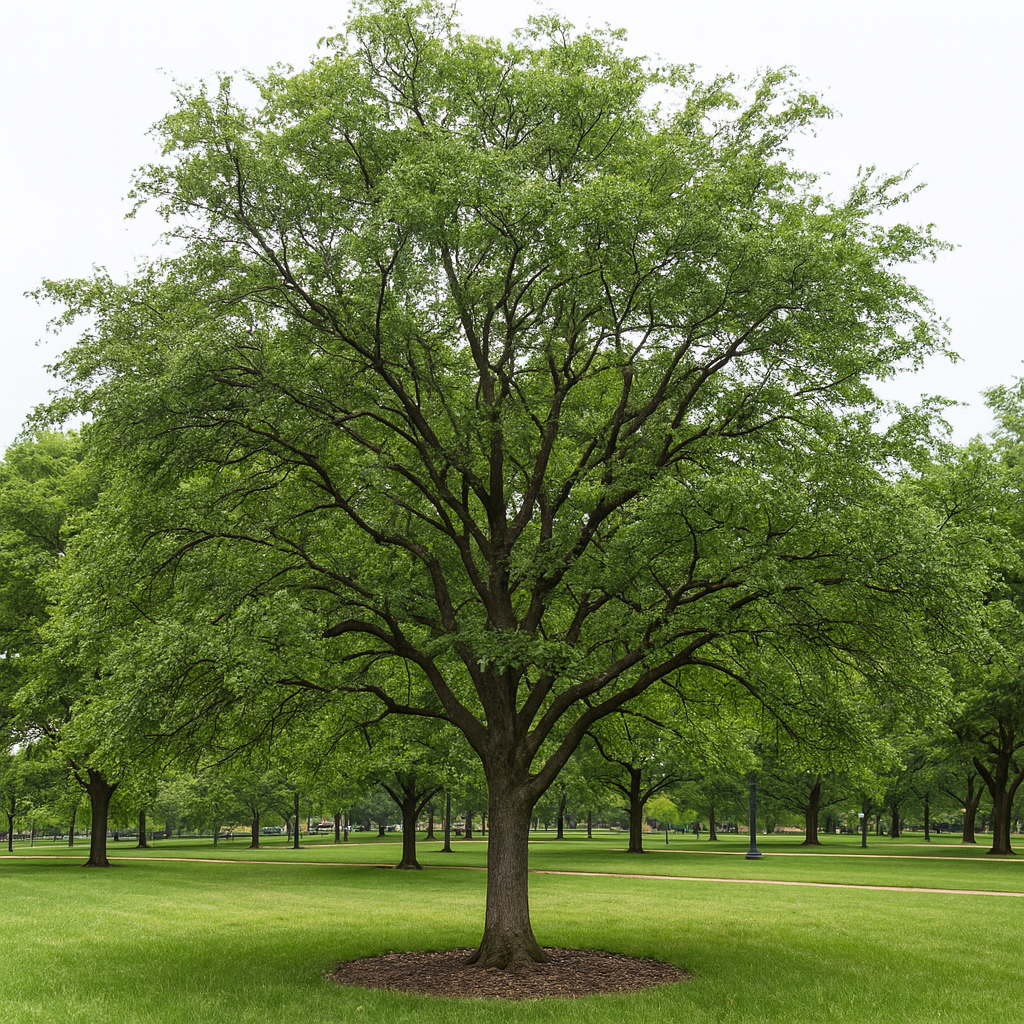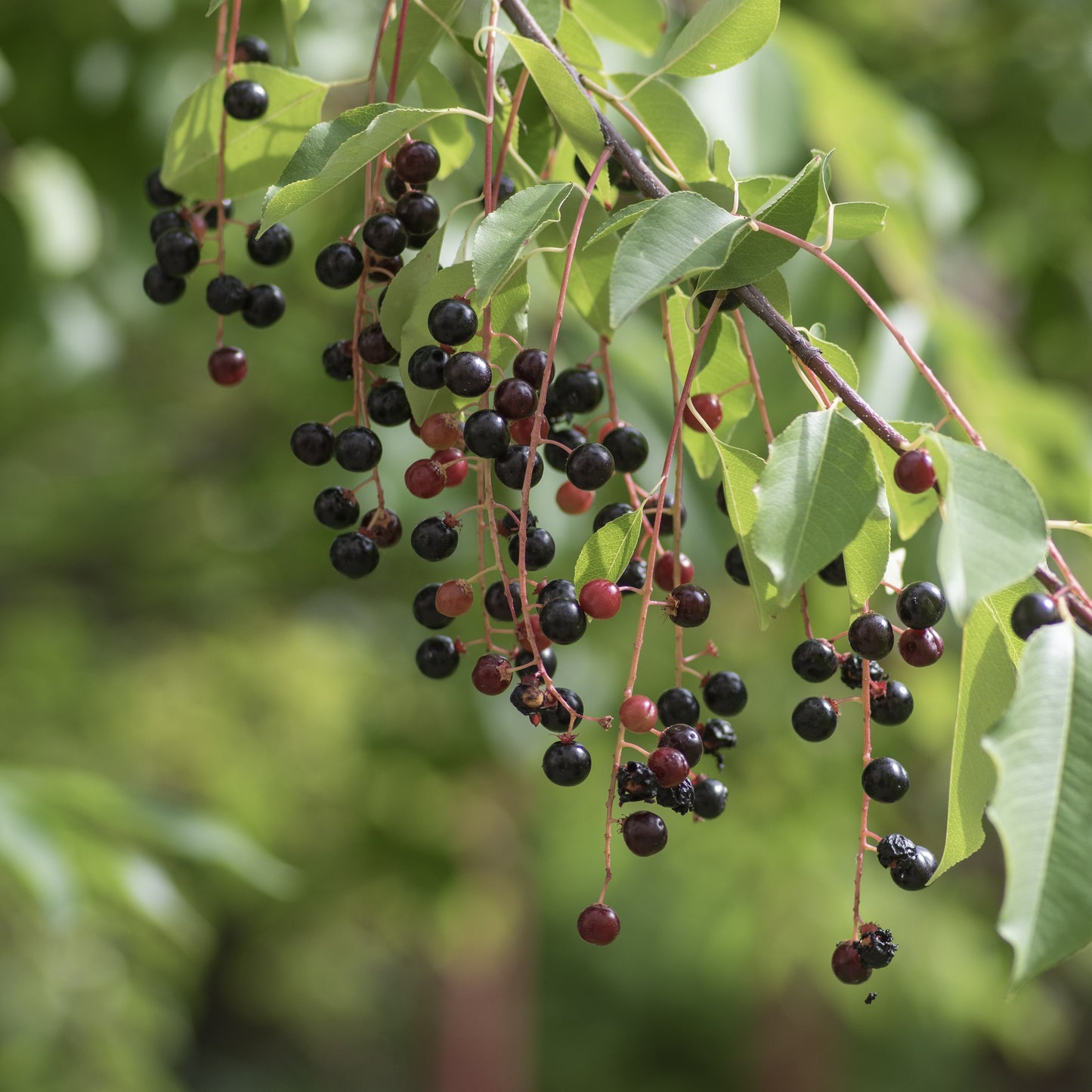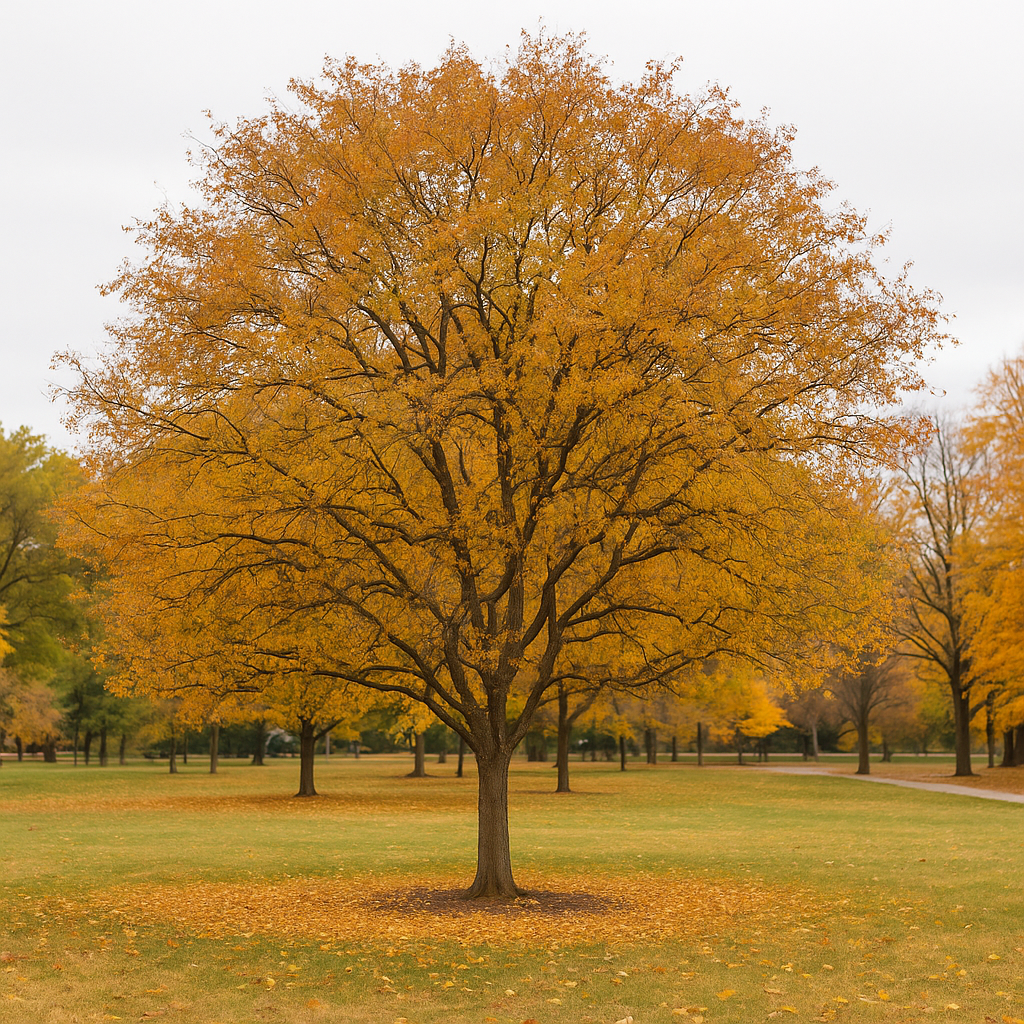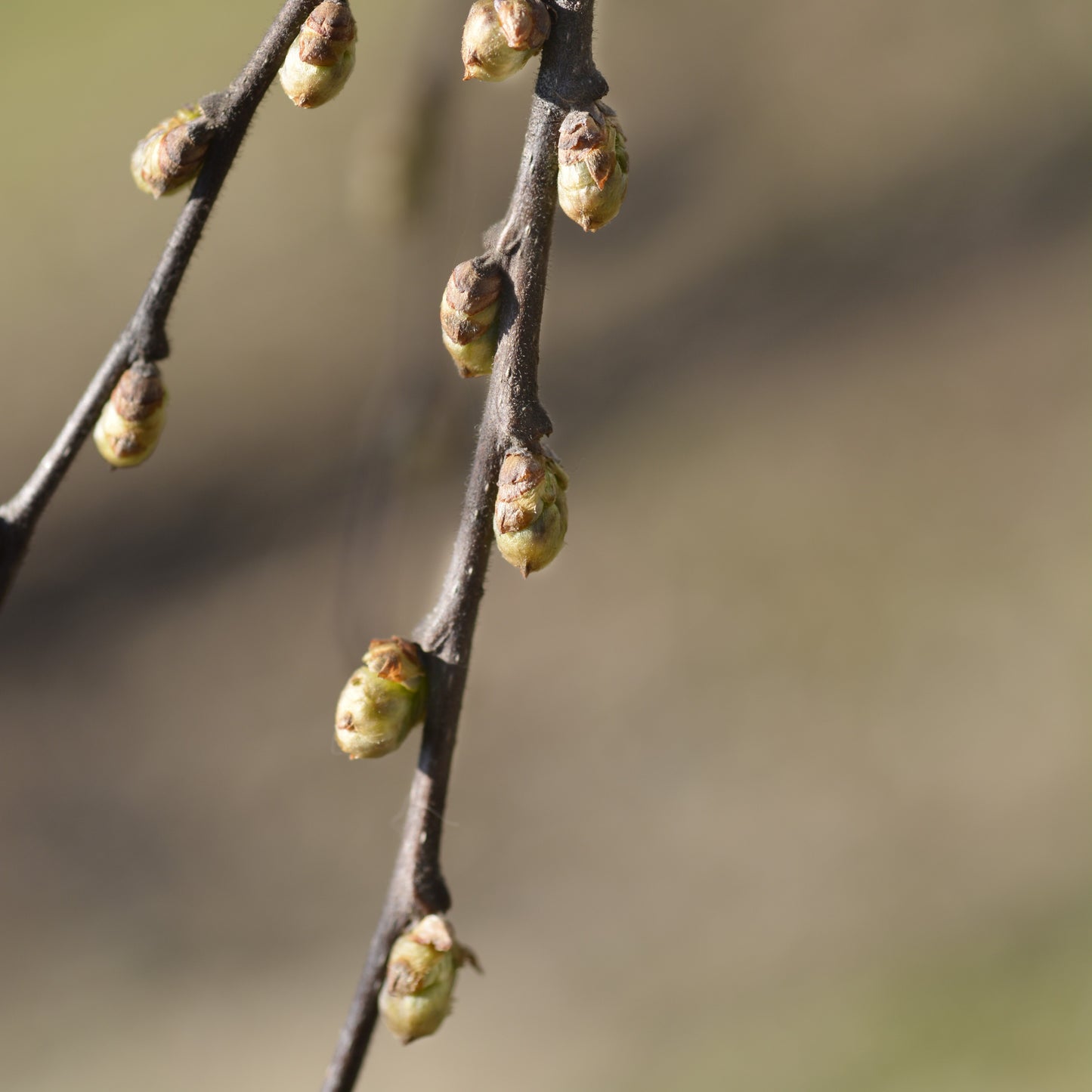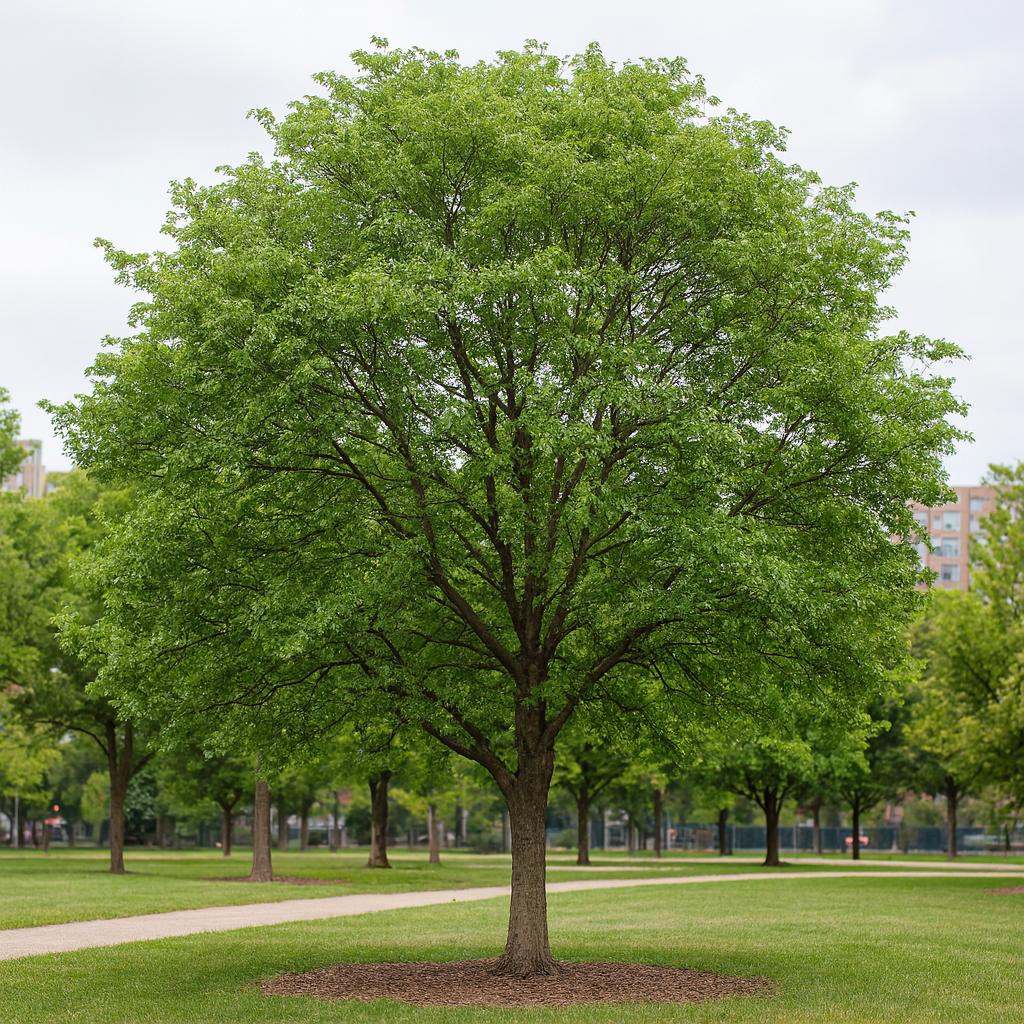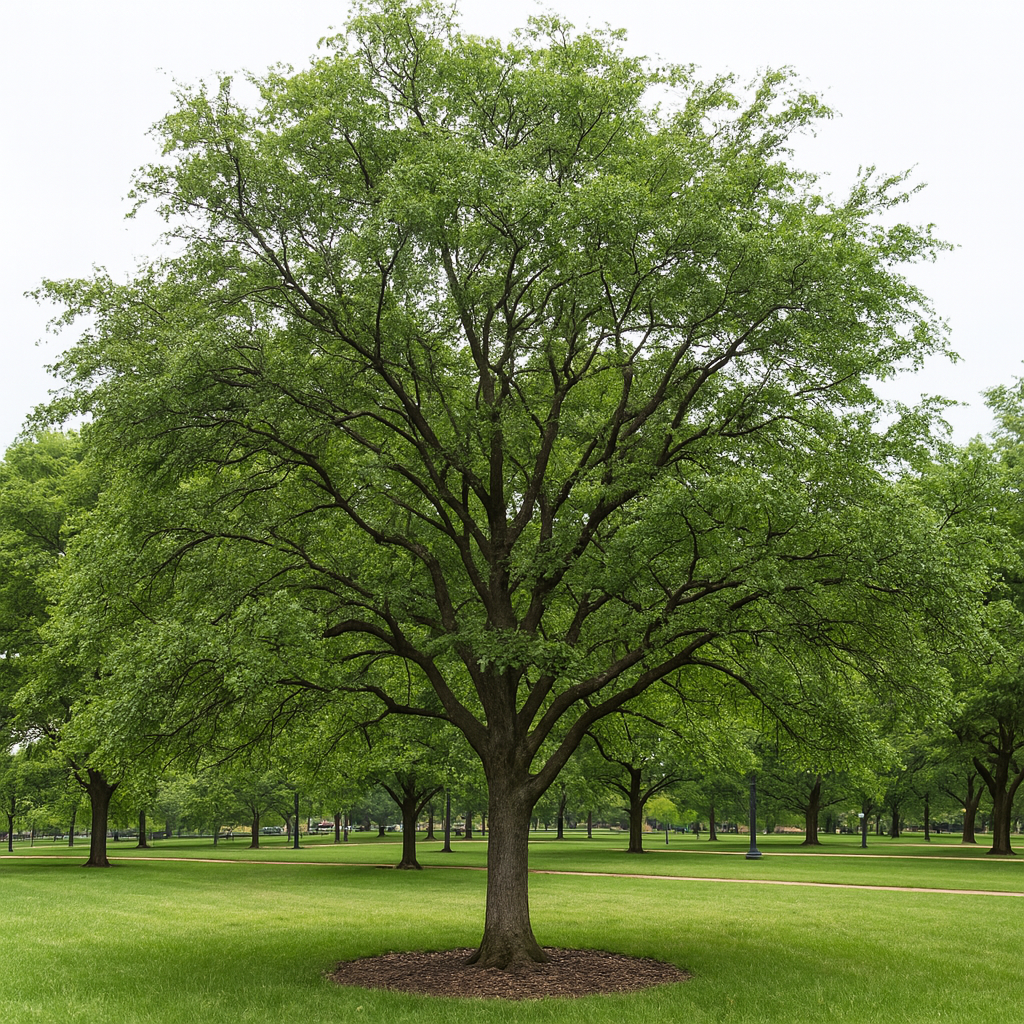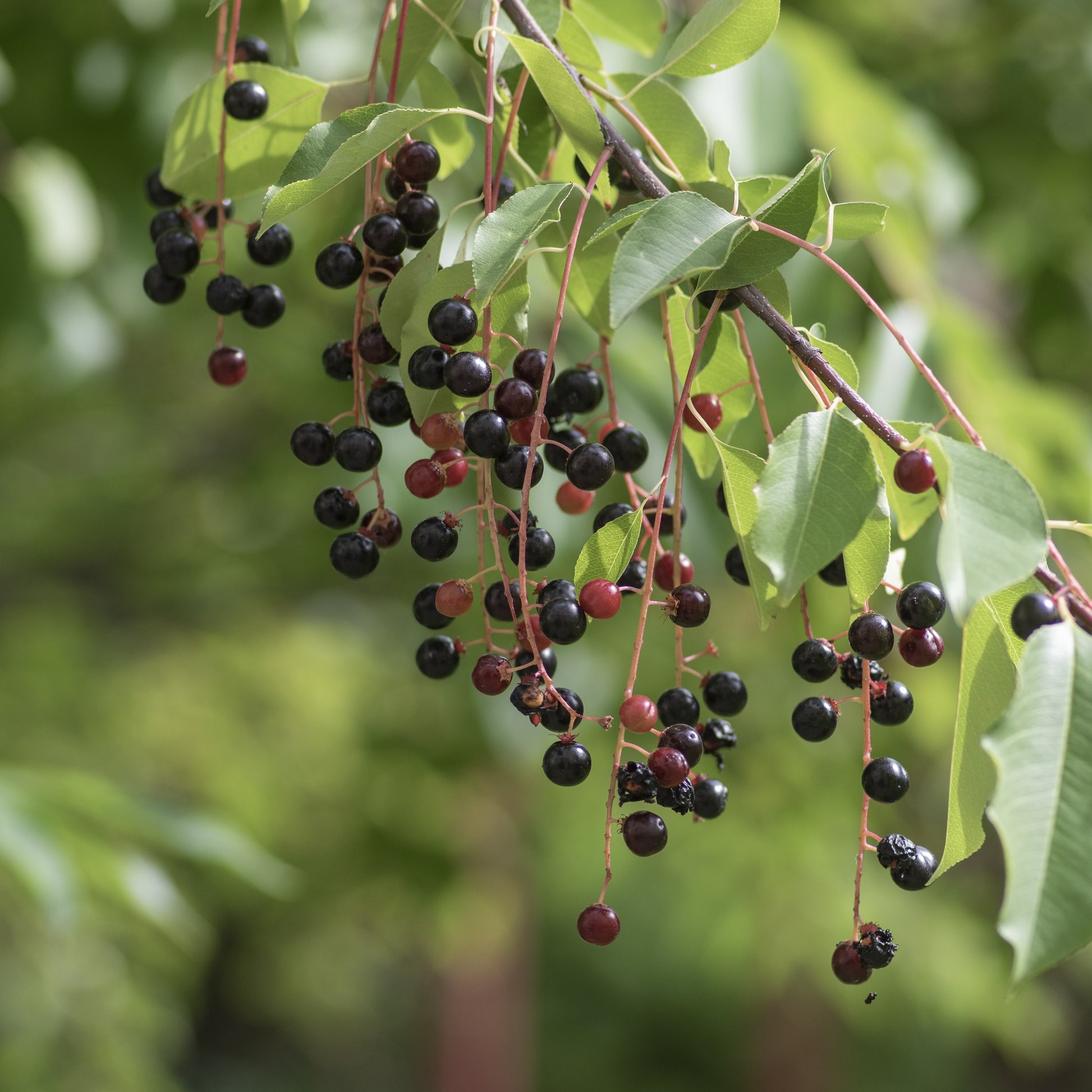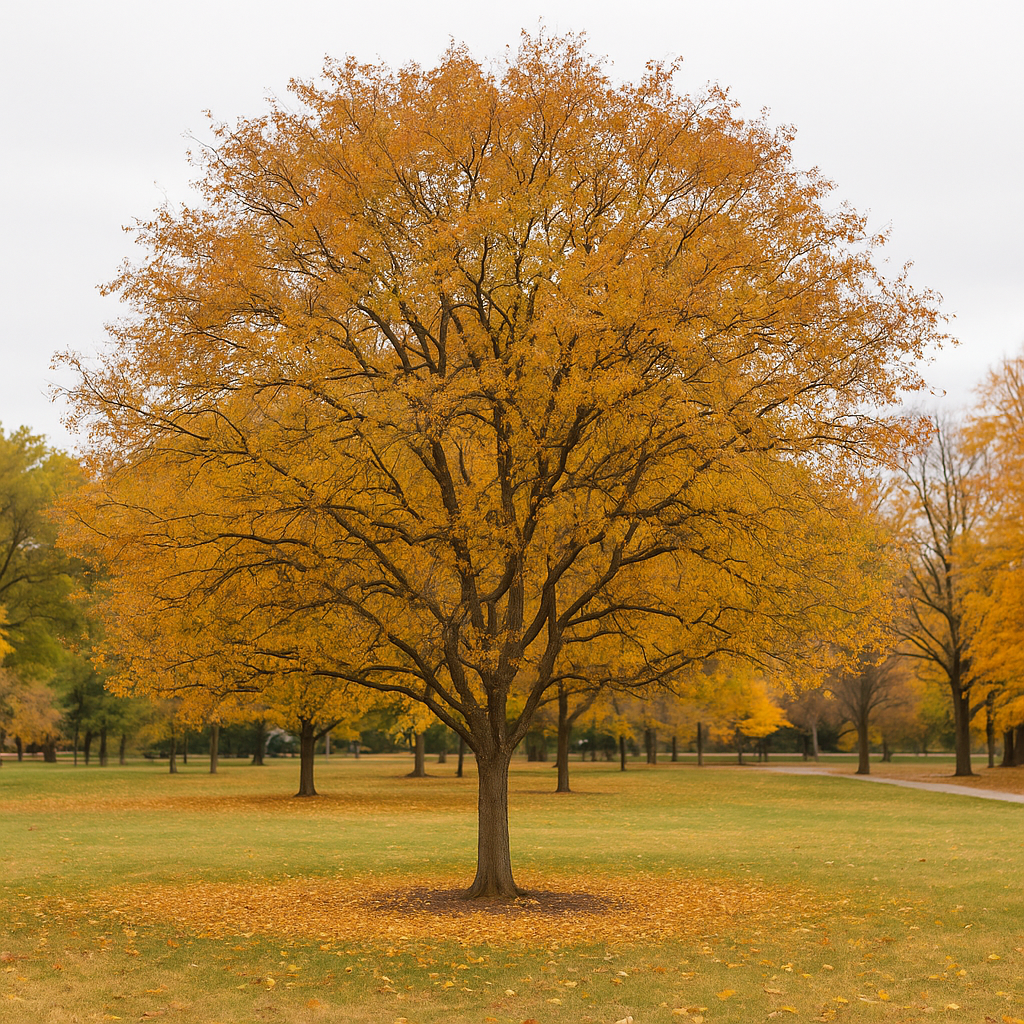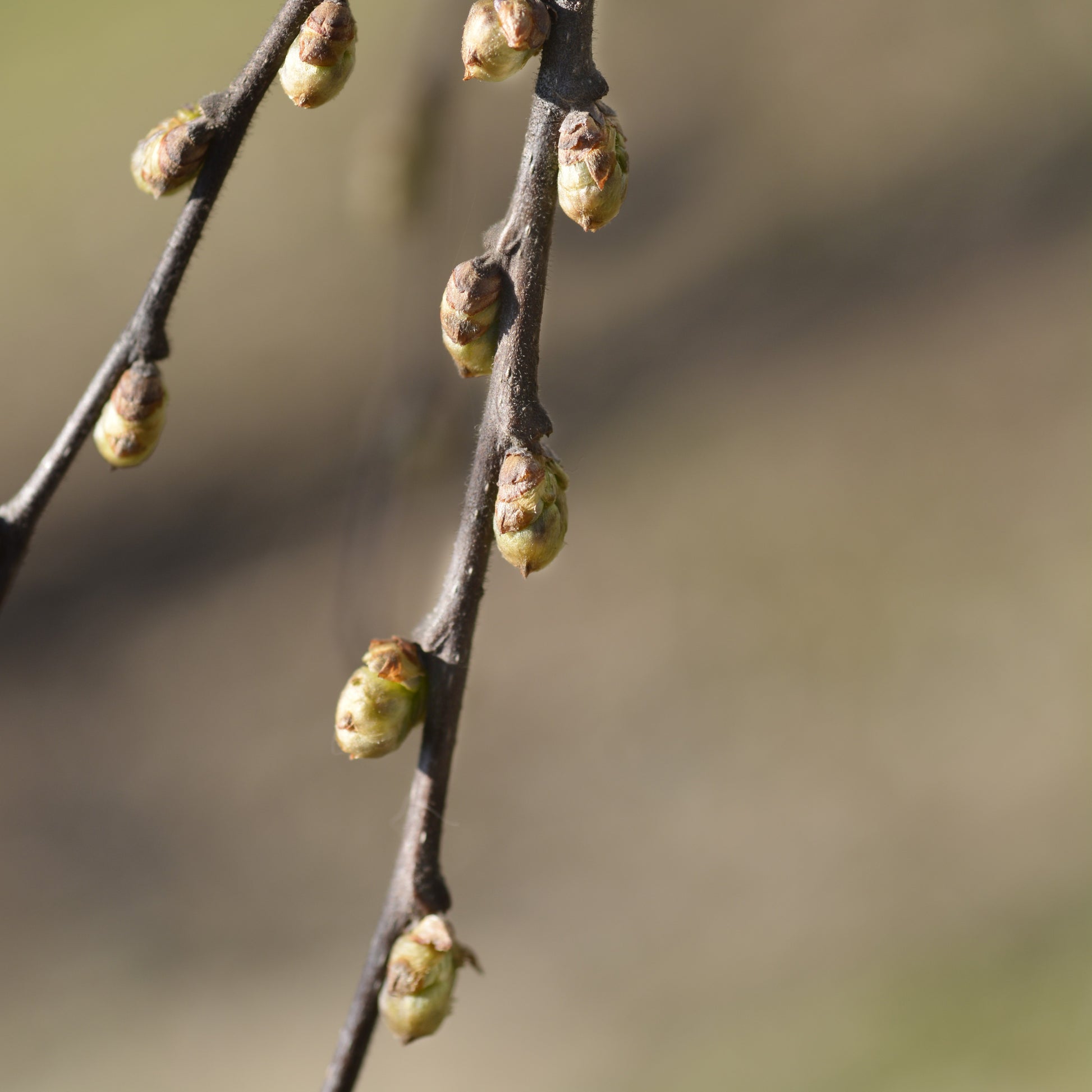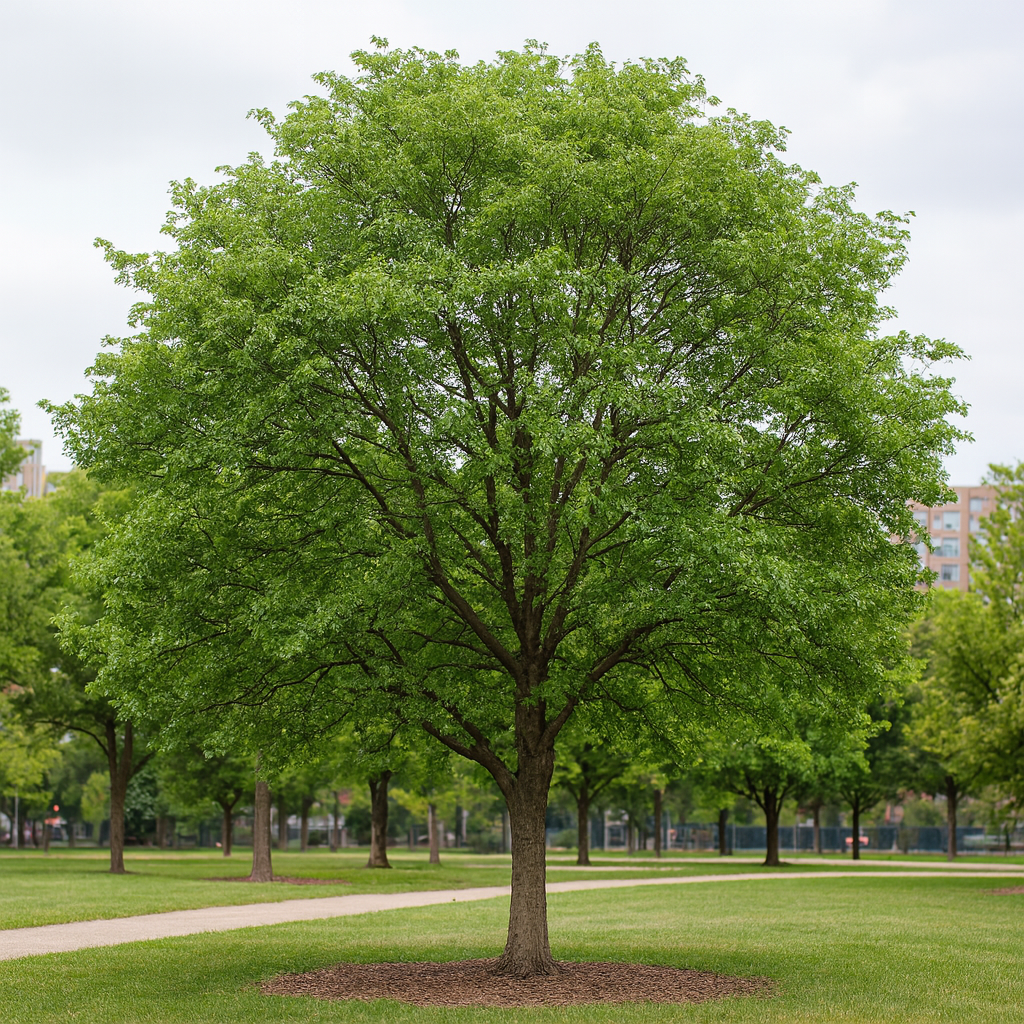Limited Quantities - Reserve Now For Fall
Hackberry Tree
Hackberry Tree
Couldn't load pickup availability
Celtis occidentalis
Hackberry Tree
The Hackberry Tree is a tough, adaptable native shade tree celebrated for its fast growth, rugged tolerance, and excellent wildlife value. A member of the elm family, this reliable tree features light green serrated leaves, corky bark, and small purple-brown fruit that persists into winter, feeding a wide range of birds and mammals.
Often used in urban settings, windbreaks, or native restoration areas, the Hackberry is ideal for tough planting sites where other trees struggle.
Hackberry Tree Overview
| Attribute | Details |
|---|---|
| 🌿 Botanical Name | Celtis occidentalis |
| 🏷️ Common Names | Hackberry, Northern Hackberry, Sugarberry |
| 🌳 Mature Height | 40–60 feet |
| 🌐 Mature Width | 30–50 feet |
| 📈 Growth Rate | Fast (2–3 feet per year) |
| ⏳ Lifespan | 75–150 years |
| 🧊 USDA Zones | 3–9 |
| ☀️ Sun Preference | Full sun (essential for healthy canopy development) |
| 🧱 Soil Type | Tolerates loam, clay, sand, rocky, and compacted soils |
| ⚖️ Soil pH | Wide range (6.0–8.0) |
| 💧 Water Needs | Low to moderate; drought-tolerant once established |
| 🍂 Foliage Color | Light to medium green (summer); pale yellow (fall) |
| 🫐 Fruit Type | Small purple drupes; edible for birds and mammals |
| 🐝 Pollination | Wind-pollinated; fruit attracts wildlife |
| 🌿 Growth Habit | Upright, spreading crown with strong central leader |
| ↔️ Spacing | 30–50 ft for shade or habitat planting |
| 🏡 Landscape Uses | Shade tree, windbreaks, reforestation, street and urban planting |
| 🧹 Maintenance Level | Low |
Environmental Benefits
🪶 Produces fruit that feeds birds, squirrels, and wildlife year-round
🌿 Thrives in urban settings, disturbed soils, and poor planting conditions
🌞 Provides fast shade and cooling benefits in residential and public spaces
🌎 Supports soil stabilization, native biodiversity, and rewilding efforts
Pros & Cons
| ✅ Pros | ⚠️ Cons |
|---|---|
| 🌿 Extremely adaptable to tough and compacted soils | 🪵 Can develop irregular form without early pruning |
| 🌞 Fast-growing and ideal for quick shade | 🐛 Occasional pest issues, including nipple gall and scale |
| 🪶 High wildlife value from its persistent fruit | 🍂 Fall color is not as vibrant as other hardwoods |
| 🧬 Long-lived native species with strong wind resistance | ✂️ Young trees may need structural pruning to ensure straight form |
| 🏙️ Excellent for urban forestry and reforestation | 🌱 May self-seed in unmanaged landscapes |
Planting & Care Guide
🛁 Water deeply before and after planting to encourage root establishment
🕳️ Dig a hole twice as wide as the root mass; keep trunk flare above soil line
🌾 Mulch 2–4 inches around the base to retain moisture and suppress weeds
💦 Water weekly during the first growing season; reduce after establishment
✂️ Prune in late winter to shape canopy and remove weak or crowded limbs
🧪 Fertilize only if soil is nutrient-poor; generally thrives without amendment
The Hackberry Tree is a hardy, fast-growing native shade tree that thrives in challenging sites, urban zones, and naturalized landscapes. Whether you’re creating windbreaks, supporting wildlife, or greening up a tough city block, Hackberry offers shade, strength, and ecological value with minimal effort.
Share
